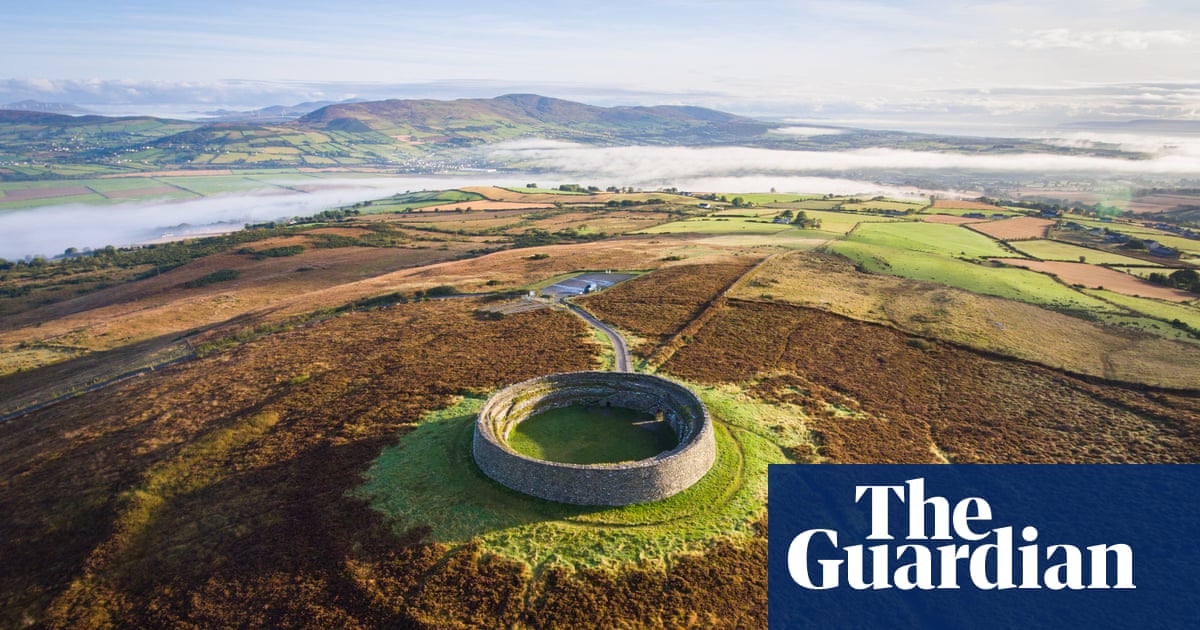
On the eighth anniversary of Syrias crisis, this timeline by Reuters shows how the war flared, the country splintered, foreign powers waded in, peace-making efforts failed and Russia eventually helped Damascus drive back the opposition.March 2011: The first protests against President Bashar Assad quickly spread across the country, and are met by security forces with a wave of arrests and shootings.July 2011: Some protesters take up guns and military units defect as the uprising becomes an armed revolt that will gain support from Western and Arab countries and Turkey.January 2012: A bombing in Damascus is the first by al Qaedas new Syrian affiliate, the Nusra Front, which gains in power and starts crushing groups with a nationalist ideology.June 2012: World powers meet in Geneva and agree on the need for a political transition, but their divisions on how to achieve it will foil years of UN-sponsored peace efforts.July 2012: Assad turns his air force on opposition strongholds, as factions gain ground and the war escalates with massacres on both sides.April 2013: Lebanons Hezbollah helps Assad to victory at Qusayr, a battle seen as halting opposition momentum and showing the Iran-backed party’s growing role in the conflict.August 2013: Washington has declared chemical weapons use a red line, but a gas attack on opposition-held eastern Ghouta kills scores of civilians without triggering a US military response.January 2014: An al-Qaeda splinter group seizes Raqqa before grabbing swathes of territory across Syria and Iraq, declaring a so-called “caliphate” and renaming itself ISIS.May 2014: Opposition factions in the Old City of Homs surrender, agreeing to move to an outer suburb - their first big defeat in a major urban area and a precursor to future "evacuation" deals.September 2014: Washington builds an anti-ISIS coalition and starts airstrikes, helping Kurdish forces turn the jihadist tide but creating friction with its ally Turkey.March 2015: With better cooperation and more arms from abroad, opposition groups gain more ground and seize the northwestern city of Idlib, but extremist militants are taking a bigger role.September 2015: Russia joins the war on Assads side, deploying warplanes and giving military aid that soon turns the course of conflict decisively against the opposition.August 2016: Alarmed by Kurdish advances on the border, Ankara launches an incursion with allied opposition factions, making a new zone of Turkish control that it later extends in 2018 to Afrin.December 2016: The Syrian regime and its allies defeat the opposition in their biggest urban base of Aleppo after months of siege and bombardment, confirming Assads growing momentum.January 2017: Russia, Iran and Turkey start talks in parallel to the faltering UN peace effort, but the opposition believes the results help Damascus consolidate its gains.March 2017: Israel acknowledges having conducted airstrikes against Hezbollah in Syria, aiming to degrade the growing strength of Iran and its allies.April 2017: The United States launches a first cruise missile attack on a Syrian regime airbase near Homs after a poison gas attack on the opposition-held town of Khan Sheikhoun.November 2017: US-backed, Kurdish-led forces defeat ISIS in Raqqa. That offensive, and a rival one by the Syrian regime, drives the extremist group from nearly all its land.April 2018: The regime recaptures eastern Ghouta, before quickly retaking the other opposition enclaves in central Syria, and then its southern bastion of Deraa in June.September 2018: A Russian-Turkish deal over Idlib and the opposition-held northwest freezes the frontlines, but extremists seize control of much of the area and violence continues.March 2019: As its local allies take ISIS’ last area in the east, the United States decides to keep some troops in Syria after earlier saying it would pull out, reducing the chances of a security vacuum that might spark a new bout of fighting.











